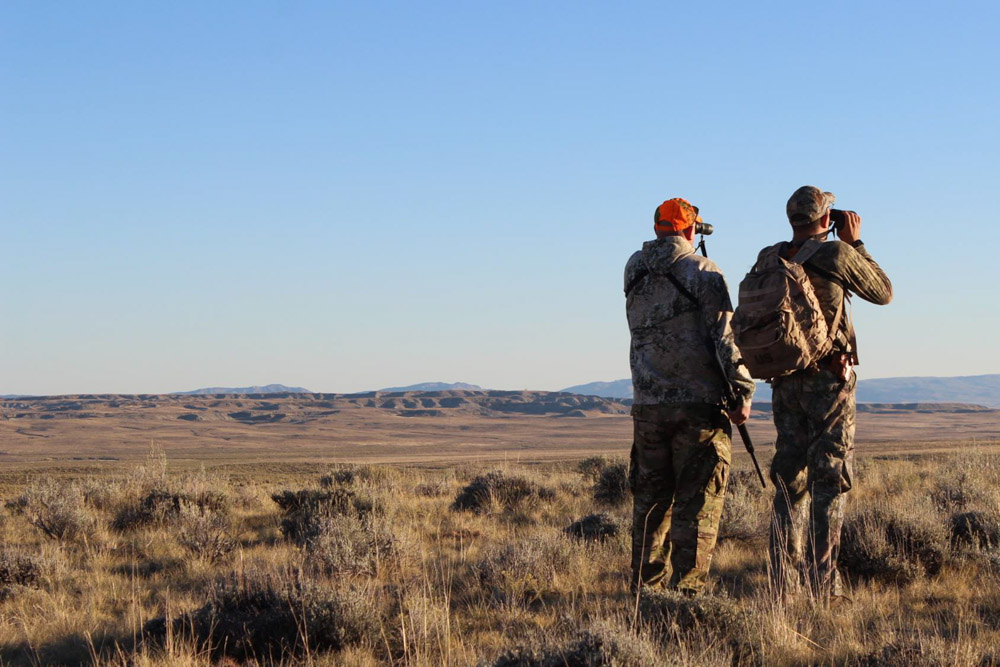Below is a news release from the Wyoming Game and Fish Department.
Hunting season has started in some areas and is rapidly approaching in other locations throughout Wyoming. No matter the species or method of harvest, it’s wise to know and follow a few safety tips to make sure that dream hunt doesn’t turn into a tragedy.
Katie Simpson, Wyoming Game and Fish Department hunter education coordinator, and numerous hunter education instructors in the state use the acronym T.A.B.K. as a reminder of four key safety elements:
- Treat every firearm as if it’s loaded.
- Always point your muzzle in a safe direction.
- Be sure of your target and what’s beyond it.
- Keep your finger off the trigger until you are ready to shoot.
“Our most common occurrence of hunting-related accidents in Wyoming usually involves a vehicle, either loading firearms in or out of the vehicle or riding on the vehicle and accidentally bumping the trigger. The second most common involves obstacle crossing,” Simpson said.
It is not illegal to drive with a loaded firearm in Wyoming, but it isn’t always safe. Simpson said if hunters choose to drive with a loaded firearm, it’s advised they don’t have a round in the chamber.
Dan Smith, Game and Fish interim deputy chief of wildlife, said hunters should have a good working knowledge of their firearms.
“Loading and unloading a rifle or shotgun is a time I see people get a little careless,” he said. “I’ve checked people in the field who didn’t know how to unload their shotgun without pulling the trigger. Just knowing how your firearm works takes away a lot of the risk of accidents.”
There are some times when big game archers and rifle hunters may be in the field at the same time. People hunting big or trophy game animals during an open regular season are required by law to wear fluorescent orange or pink in the field, regardless of the weapon they are hunting with. Archers are not required to wear those colors while hunting during a special archery season or archery-only season.
As for being sure of your target and what’s beyond it, Simpson used an example near Cheyenne several years ago about its importance. A hunter was after pronghorn and took a shot at one atop a ridgeline. The bullet missed but traveled about a mile past its target and hit a car driving along Interstate 80. No one was hurt, but the bullet broke a window.
Simpson also said hunters should not use rifle scopes as binoculars.
“The person on the receiving end might be lifting up binoculars and seeing someone pointing a rifle at them,” she said.
Other tips from Simpson include:
- Always tell someone where you’re going and when you plan to return.
- Bring more equipment than you think you’ll need, including more layers of clothing, food and water.
- Be aware of hypothermia and its symptoms. Simpson said exposure to hypothermia usually occurs to unprepared hunters when the ambient temperature is 40 to 60 degrees.
- If you get lost, stay put — whether on foot or vehicle. This is especially true if you’ve told someone where you’re at.
(Photo source: Wyoming Game and Fish Department)
